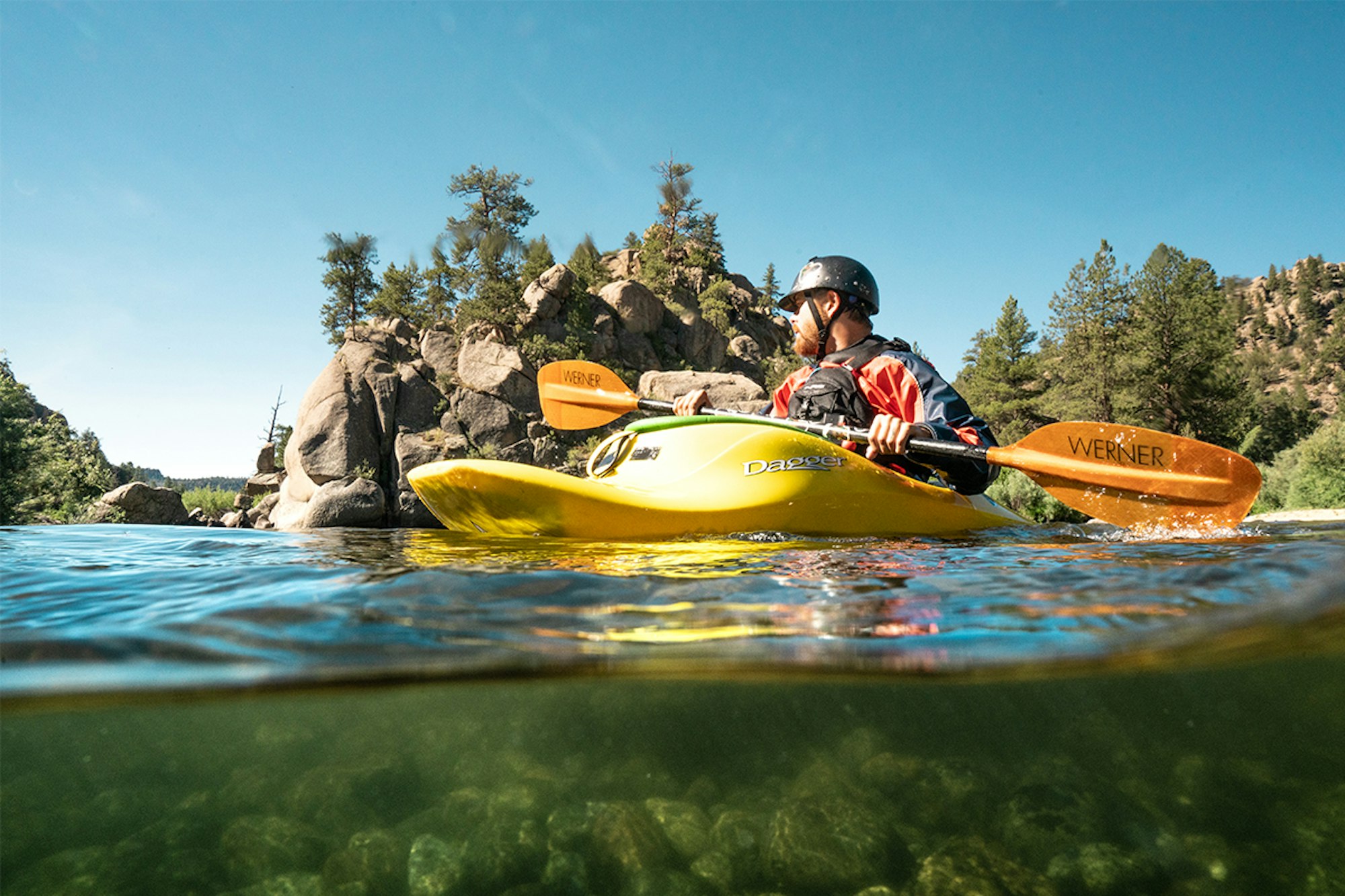

WORDS • SAM TAGGART
Just a three hour drive south of Denver, nestled in the heart of the Upper Arkansas River Valley and in the shadow of the Collegiate Peaks, lies the small mountain town of Salida, Colorado. Here, year-round mountain culture thrives but, in summer, this community transforms into a bustling mecca of river rats with an insatiable appetite for whitewater. They’ve come to the right place, knowing that the Arkansas River runs through the heart of downtown, providing a bountiful feast of rapids for kayakers and other paddlers during the late spring and summer months.
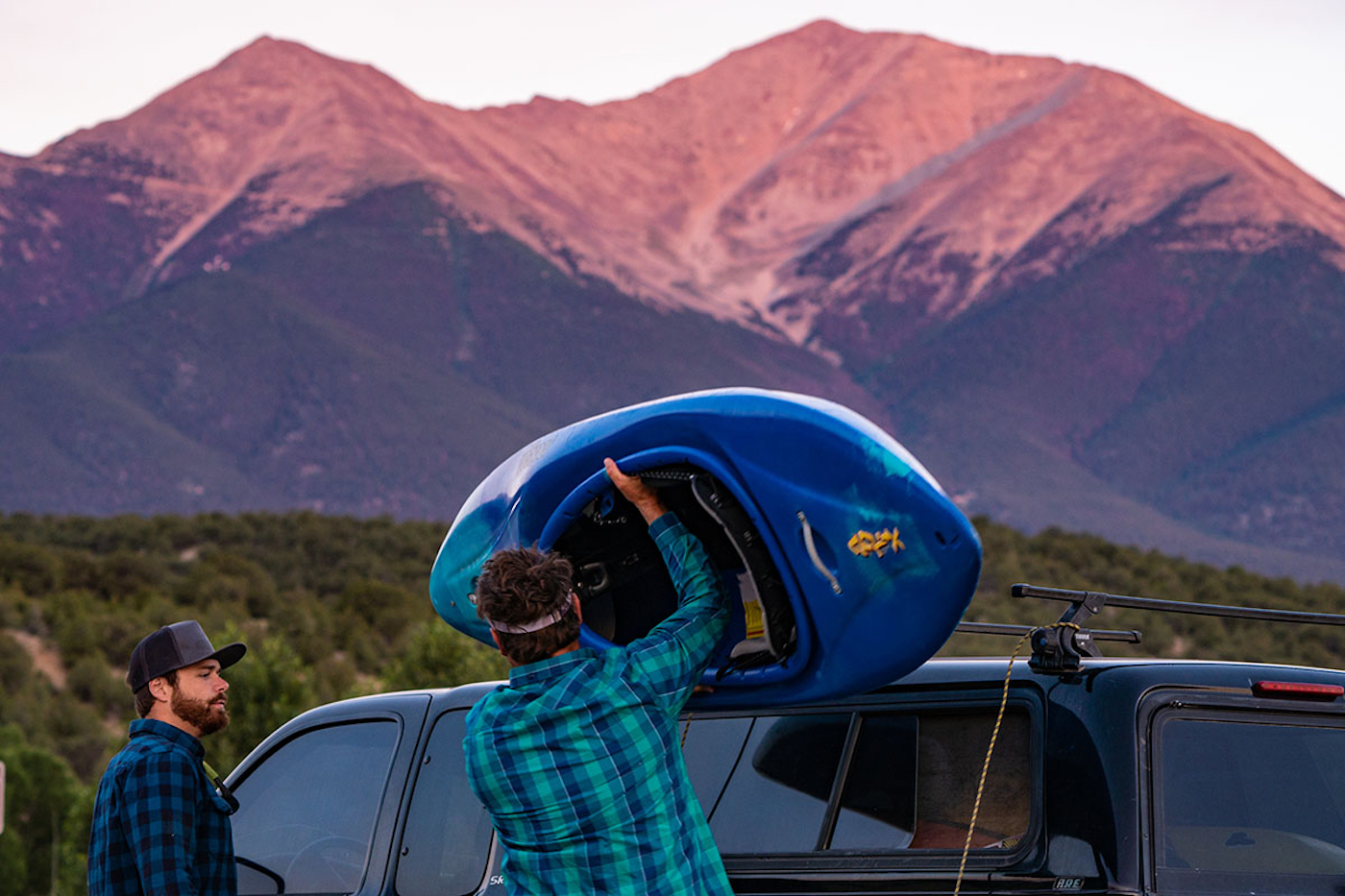
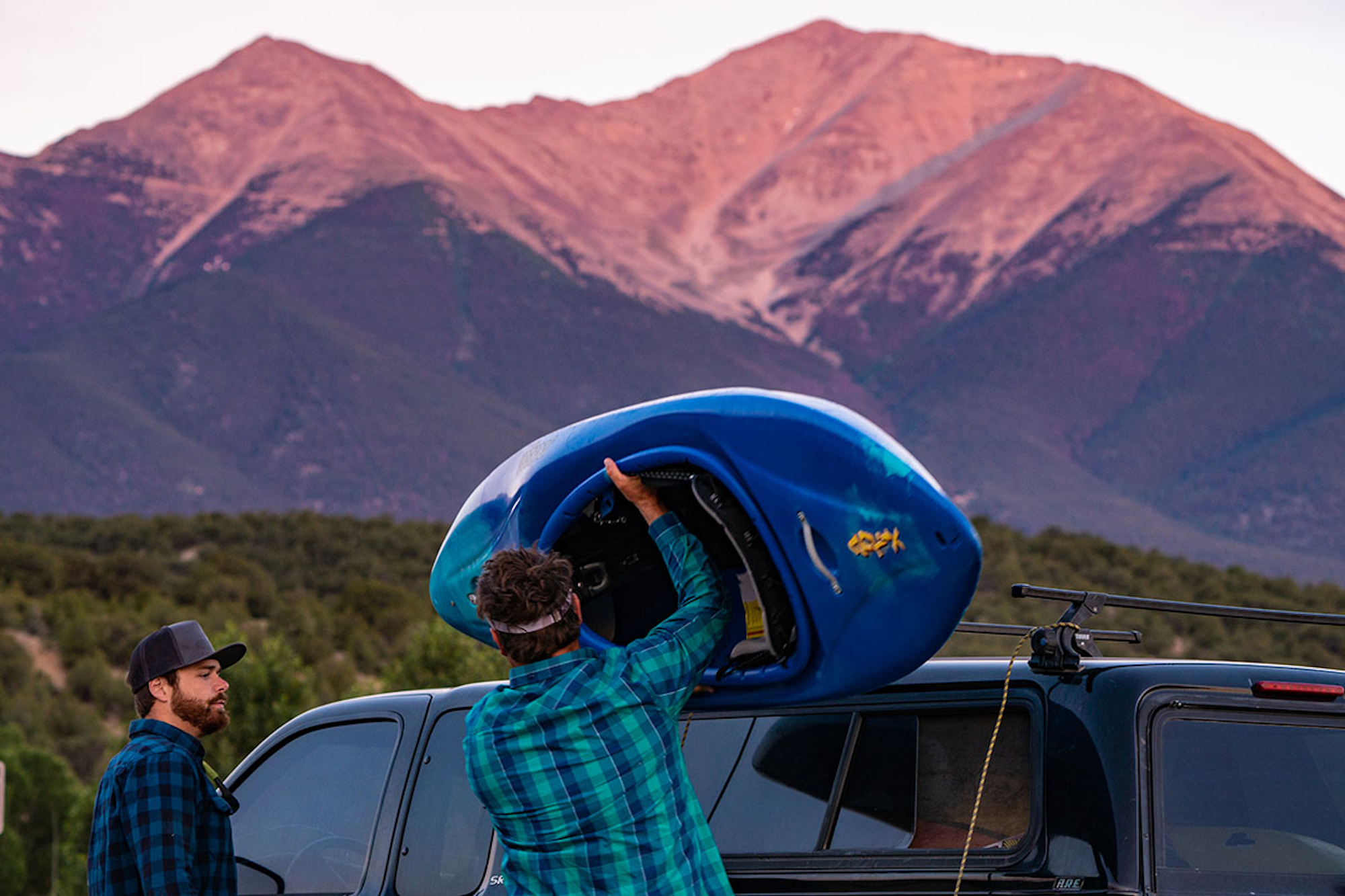
When the snow melts from 14,000-foot peaks like Mt. Princeton, Mt. Yale and others surrounding the river basin, the Arkansas comes to life, churning out some of the most challenging, sought-after Class IV and V rapids in North America. Beginning just outside of Leadville, Colorado—born of annual runoff from the Sawatch and Mosquito Ranges—the Arkansas follows a steep, rocky path descending quickly away from the mountains and toward the plains of the Midwest.
Near its point of origin and in the late spring, the Arkansas River flows most vigorously, boiling up and over rocks, creating powerful flows that draw adventurous kayakers from around the globe. In its first 125 miles the river drops nearly 5,000 feet in elevation, cutting through the rugged walls of Browns Canyon and the Royal Gorge, offering a unique perspective into the heart of the Rocky Mountains. It then winds along the wide open plains across eastern Colorado, mellowing out as it flows through Kansas, Oklahoma and into the Mississippi River in Arkansas.
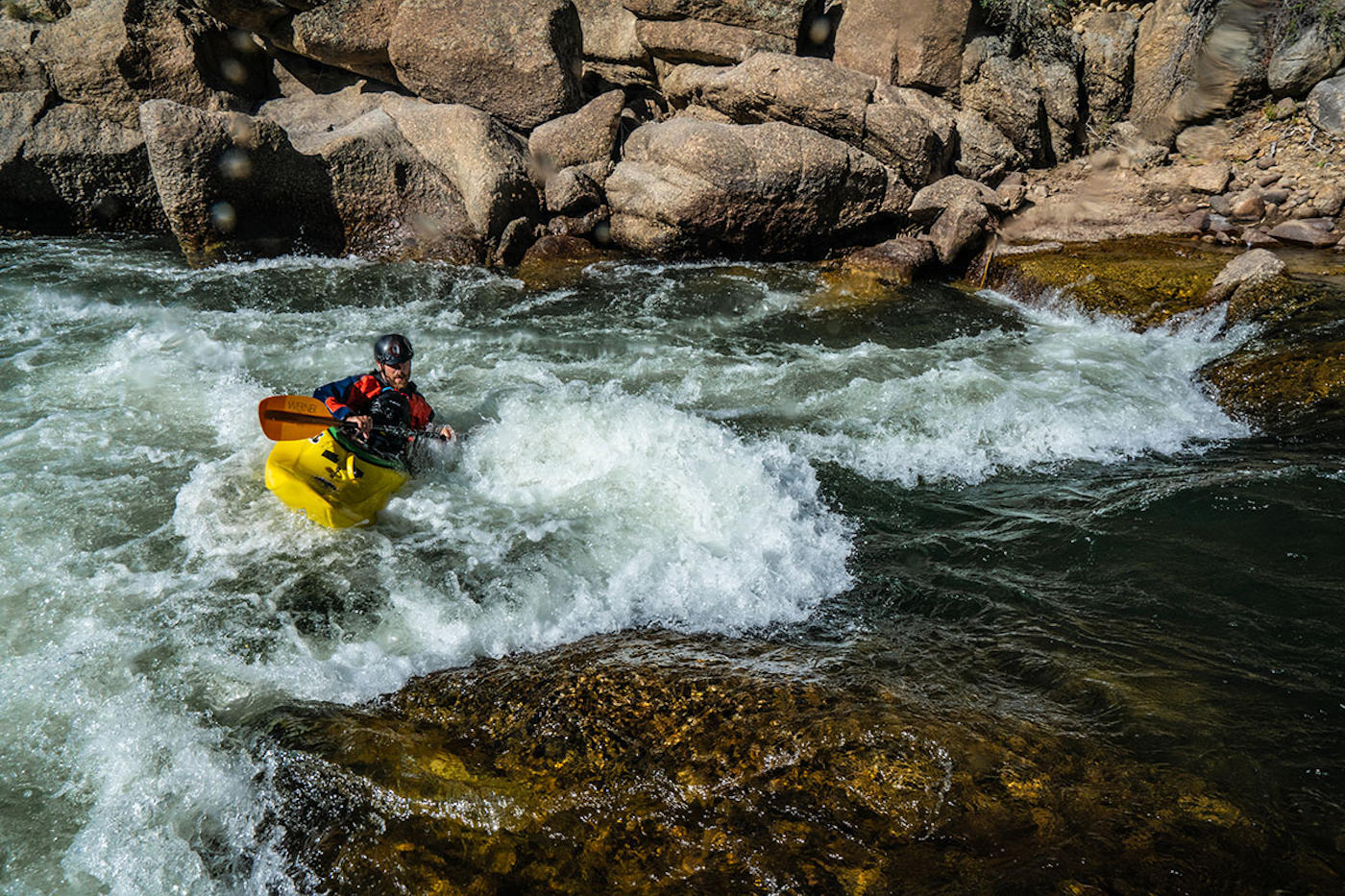
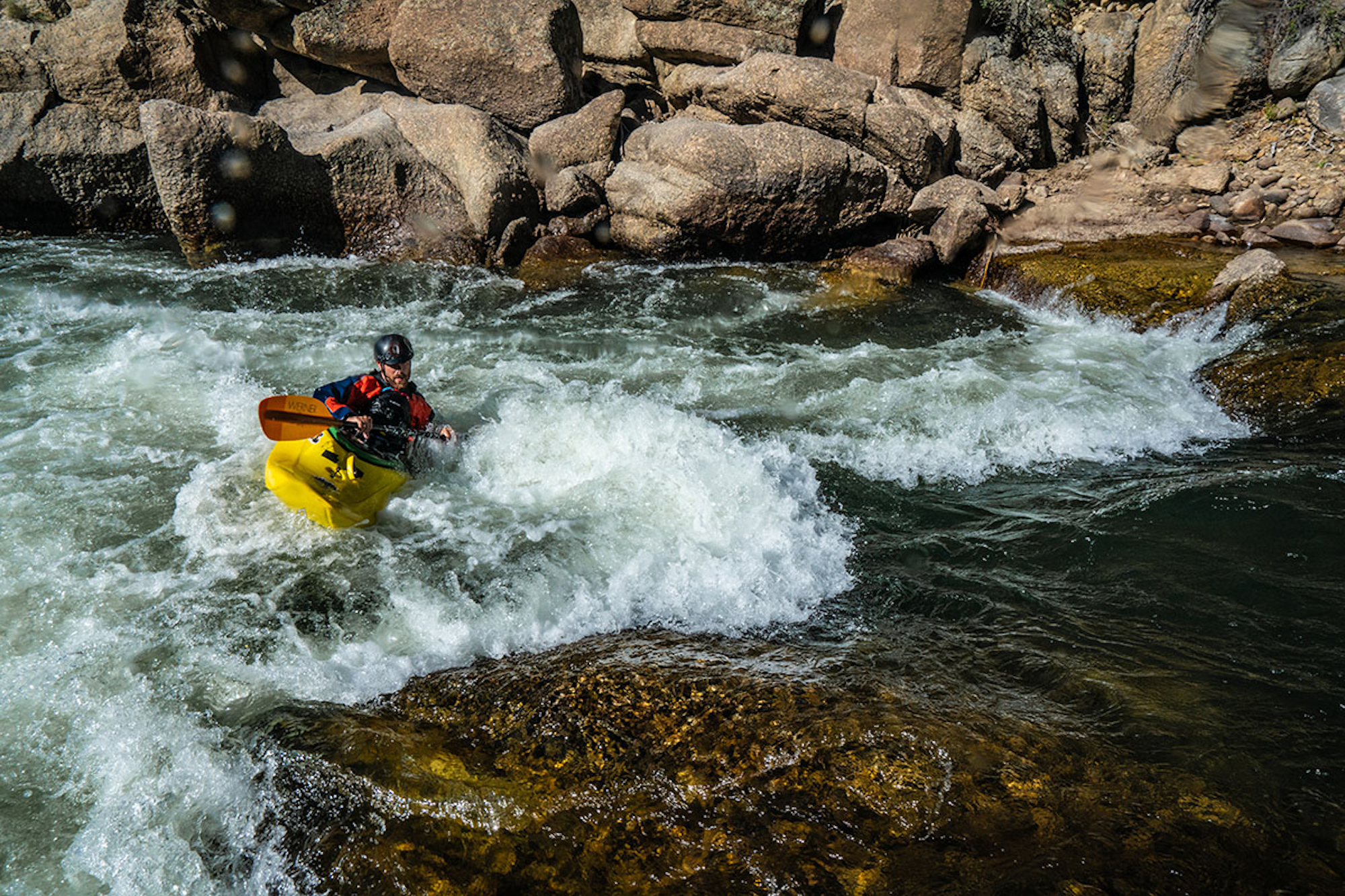
With over 100 miles of whitewater to explore along the Arkansas River in Colorado alone, the Salida area is an ideal stop for the whitewater enthusiast. Located just 60 miles downstream from the river’s starting point in the Sawatch Range, the town provides unprecedented access to well-known rapids like Zume Flume, Staircase, Raft Ripper, Screen Door and The Numbers. When the water runs high, pumping at a rate of 5,000 cubic feet per second—the same amount of energy as a fully loaded freight train moving down the tracks—veteran paddlers will find themselves challenged in every way. From playful, step-down style lines to bigger, more formidable rapid formations, be assured that most anywhere you put-in along this section of the Arkansas River will provide whitewater to appease the most demanding kayakers and rafters.
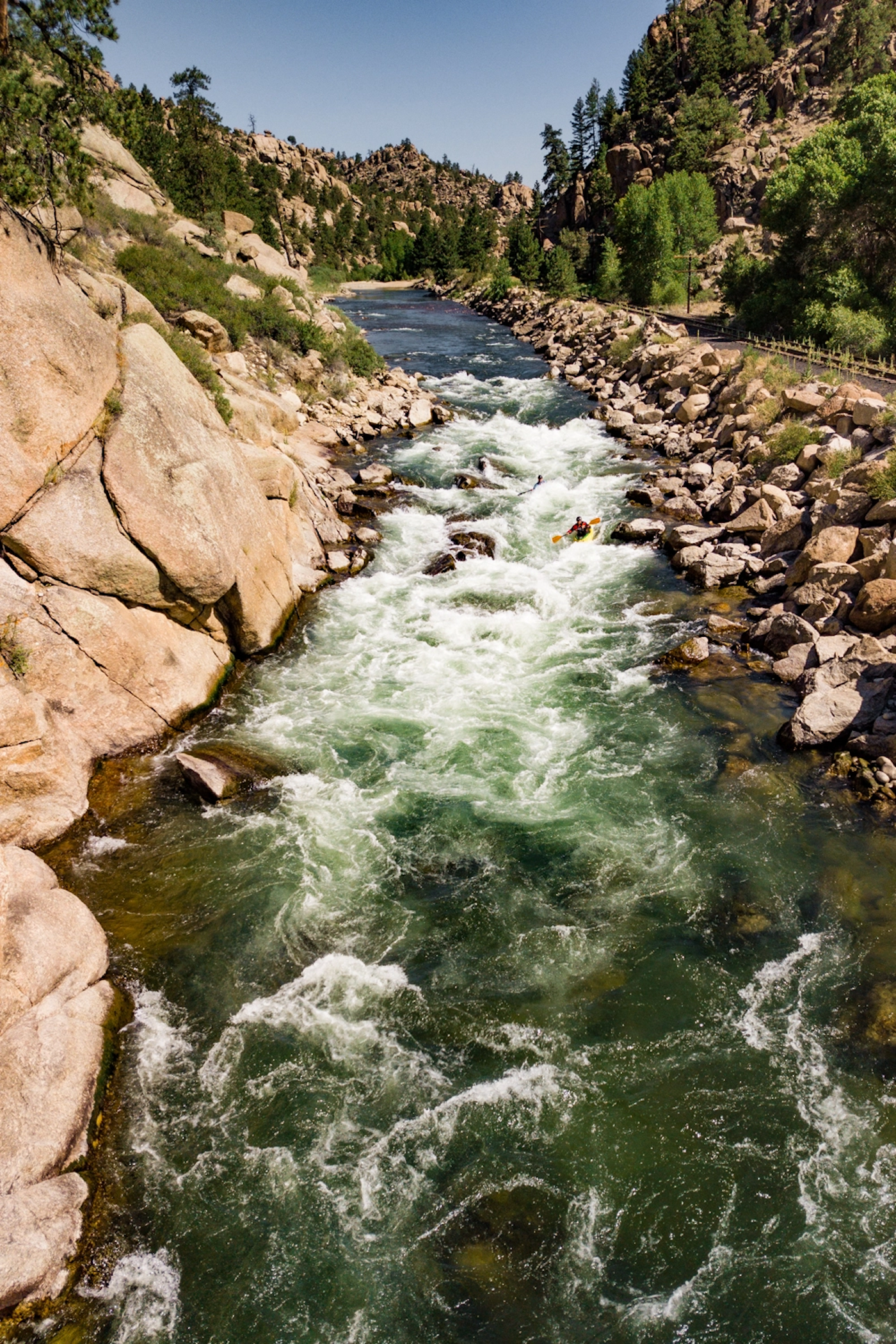
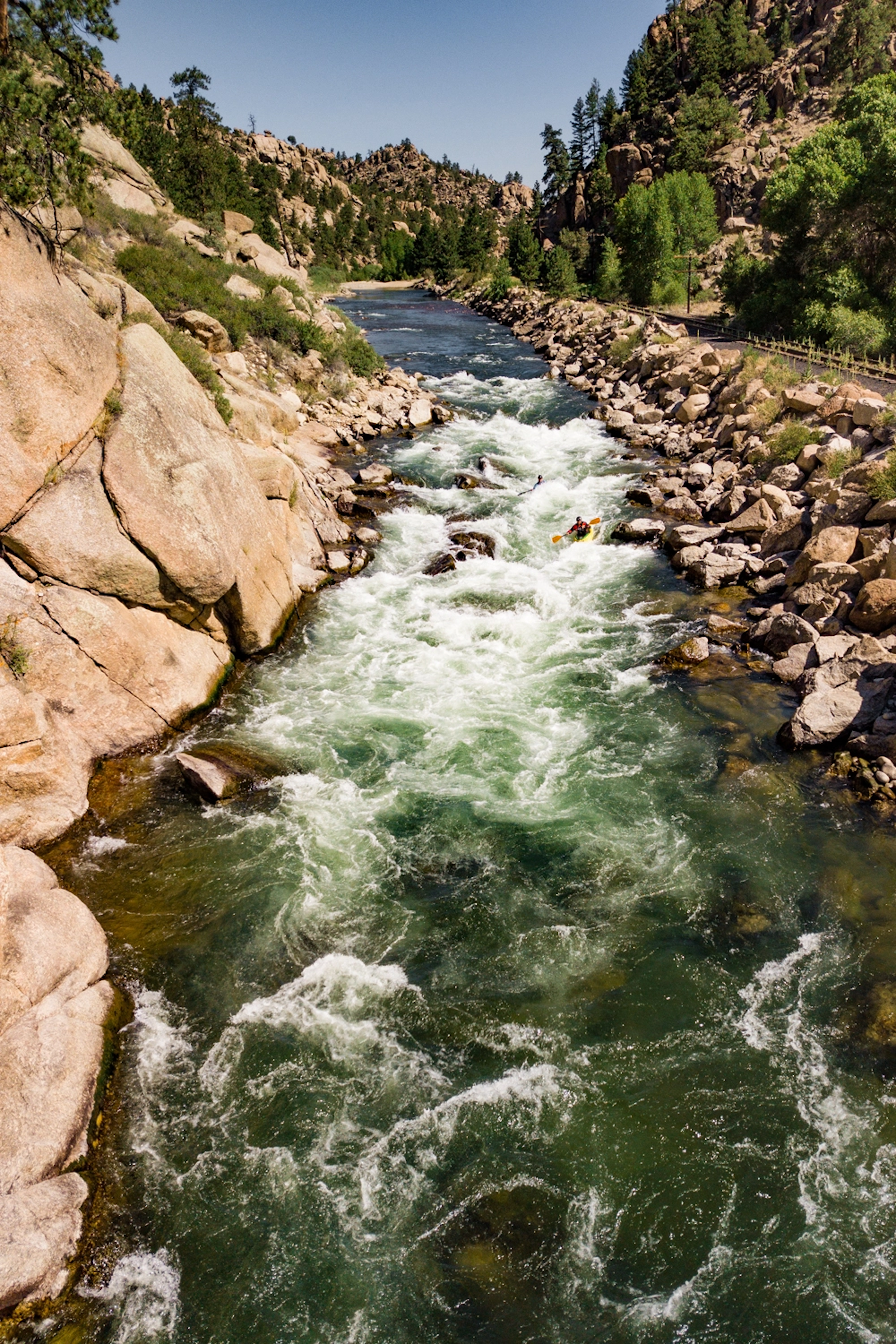
As the water flow slows and the rapids decrease in size, the Arkansas becomes more approachable, and even more popular amongst families and beginner paddlers. In the middle and late summer, commercial rafting and guided kayaking operations near Salida populate the river on a daily basis; here, during peak season, tens of thousands of visitors use these services to gain access to the refreshing waters and one-of-a-kind views of the Arkansas. Yet, with water moving slower and rapids diminishing, even experienced paddlers can find enjoyment on the Arkansas in the later months of summer, using it to practice playful maneuvers, tricks and to touch up on fundamentals.
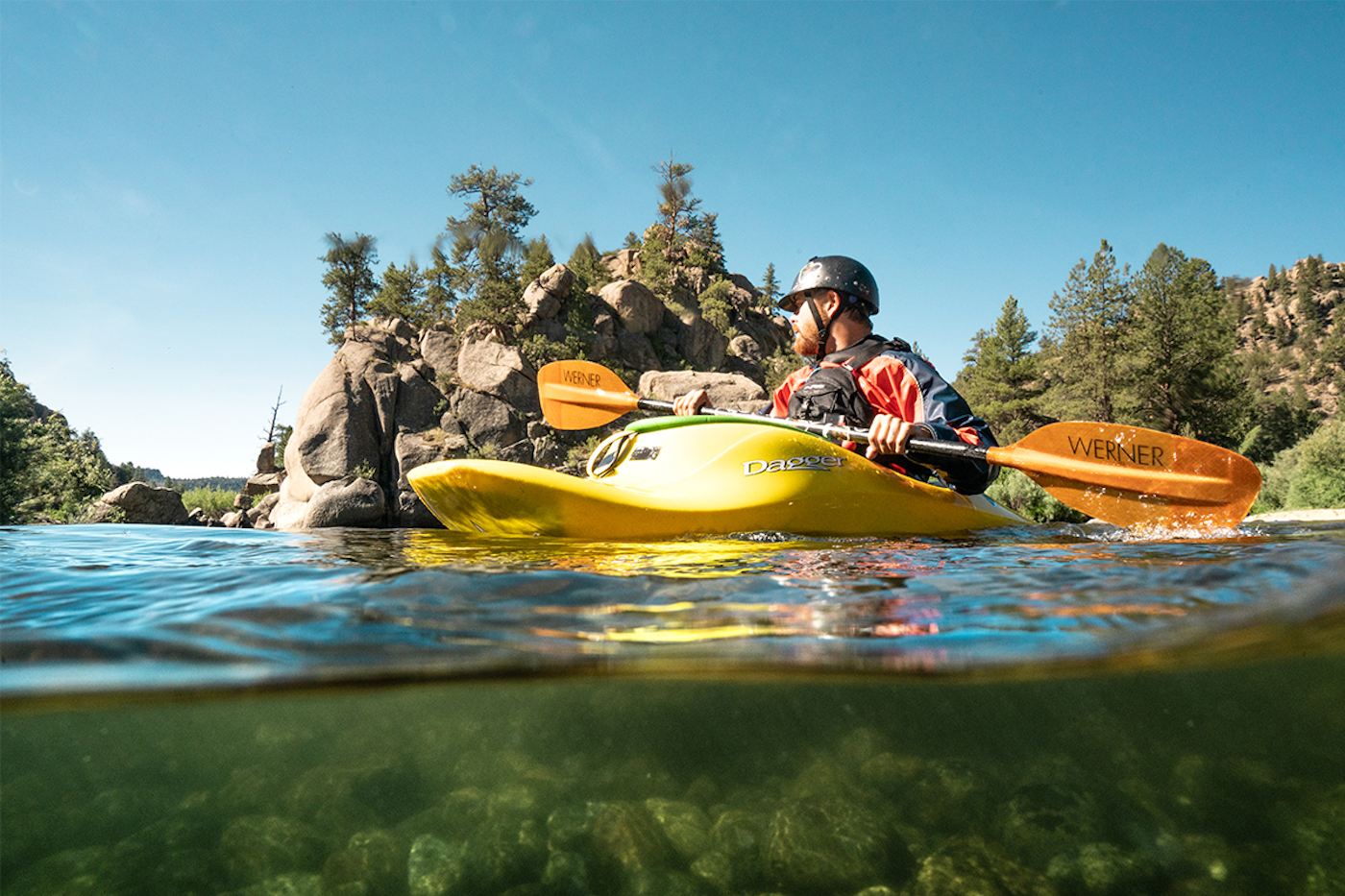
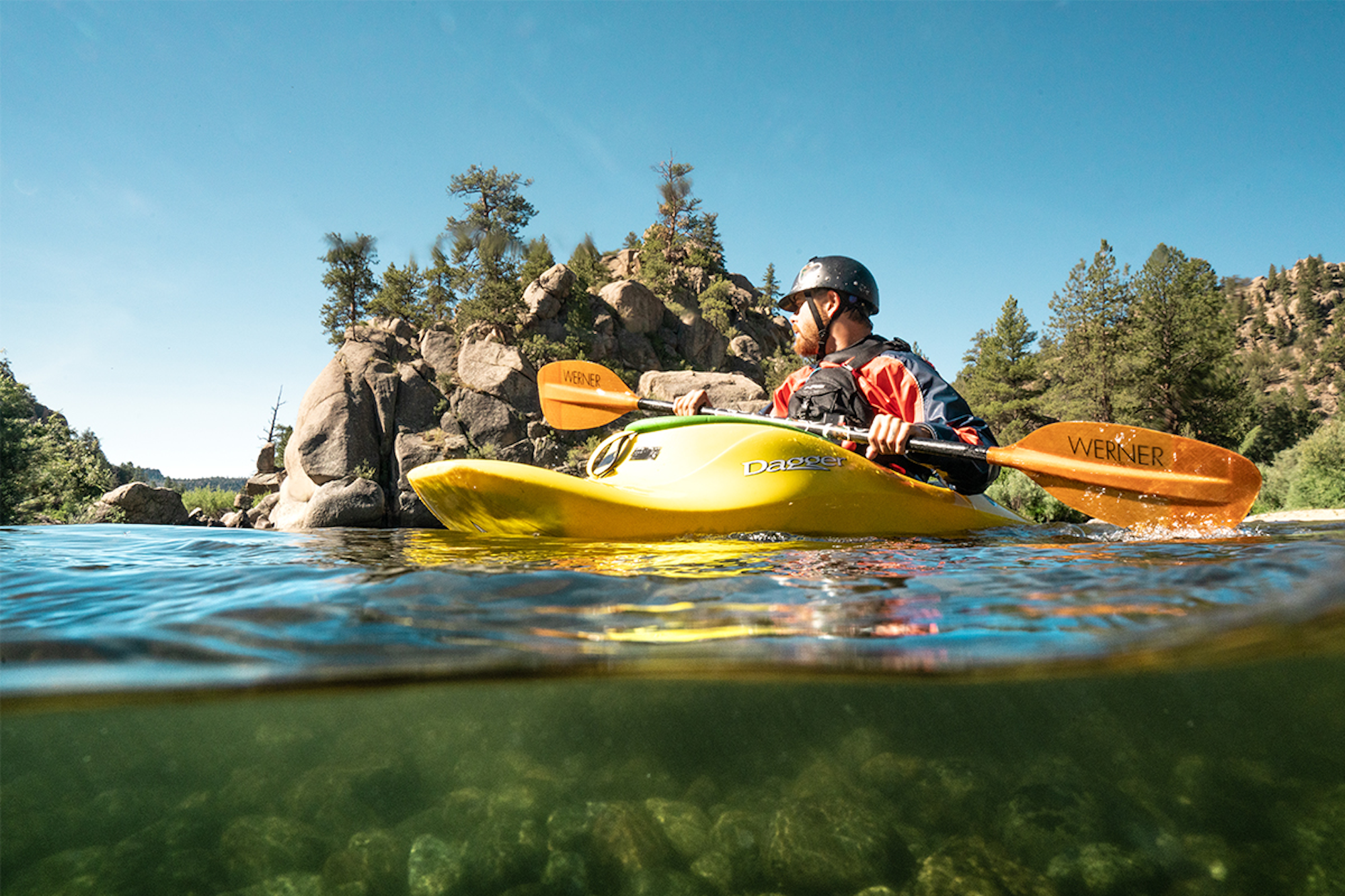
Just when you thought the day on the river was over, paddlers can make their way back into downtown Salida, where the community has its own “Whitewater Park” just off the of the main drag, F Street. Featuring slalom gates for ambitious boaters and three separate “waves” to surf, it’s ideal for anyone looking to get out on the water. From kids on boogie boards to professional kayakers flipping and spinning their boats, these playful waves represent quintessential riverside living.
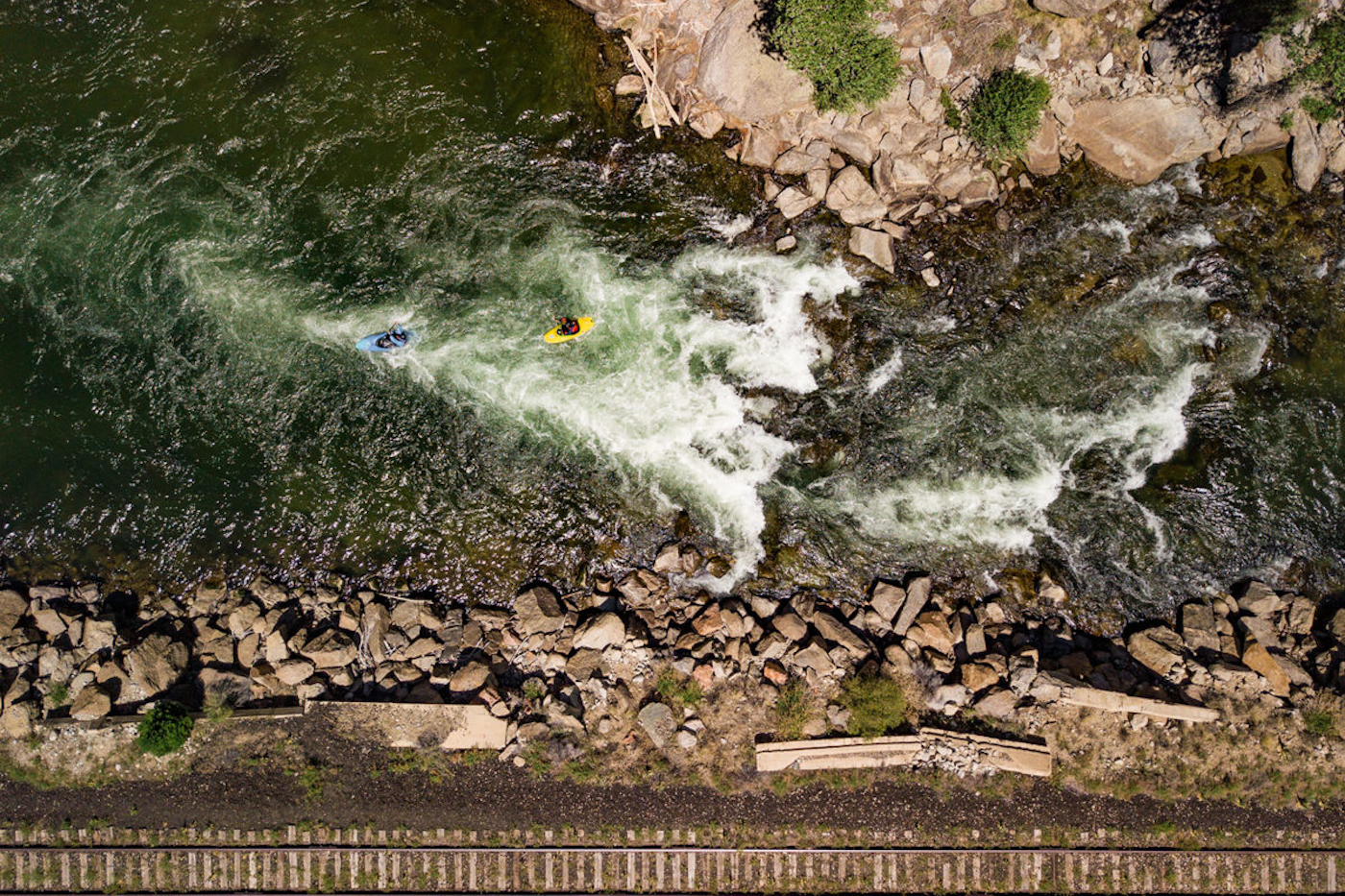
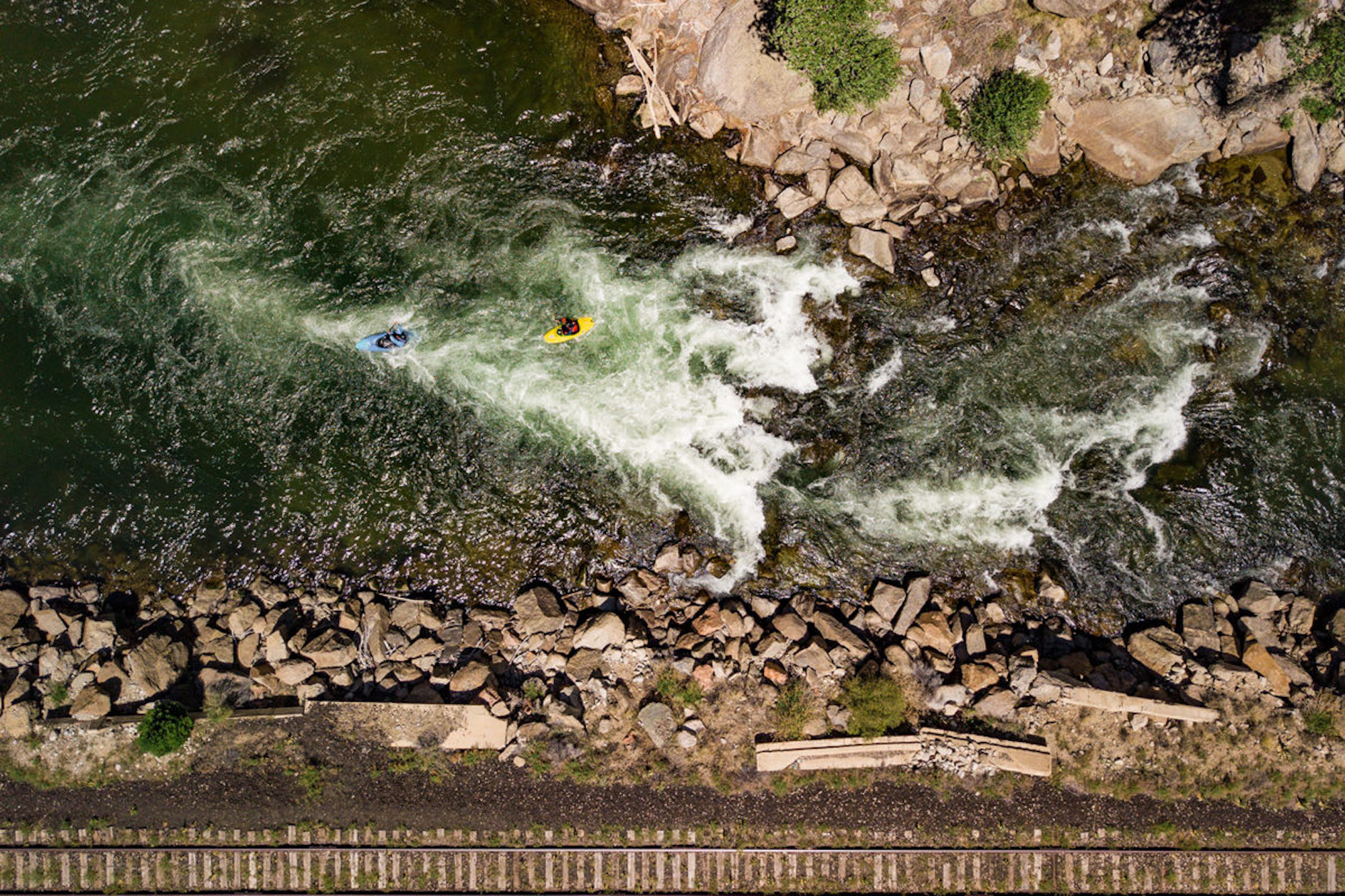
Salida’s downtown also offers a bustling art scene and plentiful “watering holes” for visitors to explore after a day on the water. From funky, sculpture galleries to fine art exhibitions, there’s something to pique everyone’s interest in this tiny Colorado mountain town. And those seeking a color-changing cocktail or just a simple whiskey on the rocks before the sun hits the horizon, Woods Distillery offers up some of the finest libations in town. Here, in the heart of the Rockies, life along the river is thriving—now, all you have to do is see it for yourself.



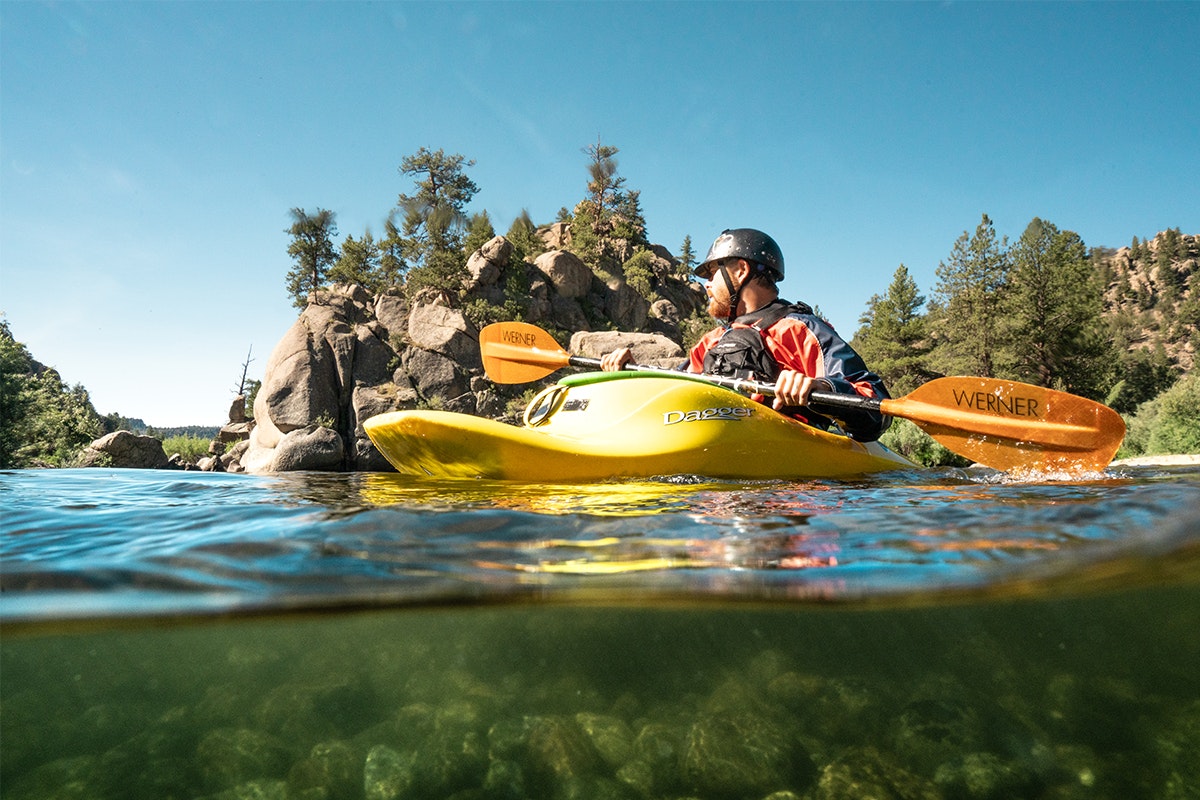
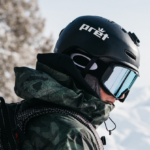
![[GIVEAWAY] Win a Head-to-Toe Ski Setup from IFSA](https://www.datocms-assets.com/163516/1765920344-ifsa.jpg?w=200&h=200&fit=crop)
![[GIVEAWAY] Win a Legendary Ski Trip with Icelantic's Road to the Rocks](https://www.datocms-assets.com/163516/1765233064-r2r26_freeskier_leaderboard1.jpg?w=200&h=200&fit=crop)

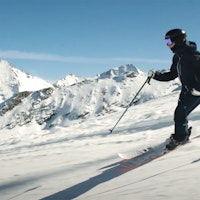
![[GIVEAWAY] Win a Legendary Ski Trip with Icelantic's Road to the Rocks](https://www.datocms-assets.com/163516/1765233064-r2r26_freeskier_leaderboard1.jpg?auto=format&w=400&h=300&fit=crop&crop=faces,entropy)




![[GIVEAWAY] Win a Head-to-Toe Ski Setup from IFSA](https://www.datocms-assets.com/163516/1765920344-ifsa.jpg?auto=format&w=400&h=300&fit=crop&crop=faces,entropy)


